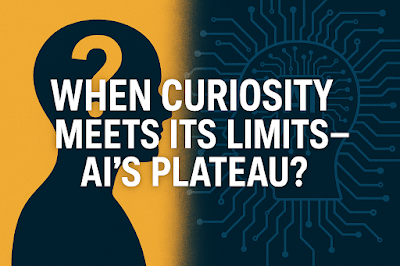What I Remember from Satya Narayana Vrata at Home by My Parents What I Remember from Satya Narayana Vrata at Home by My Parents
What I Remember from Satya Narayana Vrata at Home by My Parents
Growing up, some rituals stay in your memory not because you understood every word, but because you felt the peace they carried. It was also never about beliefs. For me, that’s what the Satya Narayana Vrata has always been — a gentle rhythm of lamps, a standard photoframe from generations, naivedhyam, and the soft chanting of my parents.
As a child, I remember sitting cross-legged on the floor, the air heavy with incense, watching my father read from the Vrata Katha while my mother carefully offered each flower petal to the deity. Even before I knew the meanings, some verses etched themselves in memory — especially those that asked for forgiveness and wished well for all.
Here are four shlokas that I remember and still find myself whispering whenever I need grounding — simple, beautiful reminders of humility, surrender, and compassion.
1. Prayer for Forgiveness (Before Beginning the Vrata)
अज्ञानात्सुकृतं पापं कर्मणा मनसा गिरा ।
तन्मे क्षमस्व भगवान् नारायण नमोऽस्तुते ॥
Meaning:
O Lord Narayana, if I have done wrong through my actions, thoughts, or words — knowingly or unknowingly — please forgive me.
2. The Offering of All Actions (During Naivedyam / Archana)
कायेन वाचा मनसेन्द्रियैर्वा
बुद्ध्यात्मना वा प्रकृतेः स्वभावात् ।
करोमि यद्यत् सकलं परस्मै
नारायणायेतिसमार्पयामि ॥
Meaning:
Whatever I do — by body, speech, or mind — I dedicate all of it to Lord Narayana.
I remember my mother softly repeating this while placing tulsi leaves / flowers or just sprinkle holy water over each dish of naivedyam.
3. The Closing Prayer (Kshama Prarthana)
यत्कृतं यद्भुजितं वा तदखिलं मेऽनयेन वा ।
तन्मे क्षमस्व देवेश सत्यदेव नमोऽस्तुते ॥
Meaning:
O Lord Satya Narayana, if anything in this Vrata — from my offerings to my devotion — was imperfect, please forgive me.
4. The Universal Prayer (Before Aarti)
सर्वे भवन्तु सुखिनः सर्वे सन्तु निरामयाः ।
सर्वे भद्राणि पश्यन्तु मा कश्चिद् दुःखभाग्भवेत् ॥
Meaning:
May all beings be happy and free from sorrow. May none suffer or be in distress.
The verse that made every prayer complete — because it wasn’t just for us, but for everyone.
Closing Thoughts
The Satya Narayana Vrata is not just about stories of kings and merchants — it’s about truth (Satya), surrender, and gratitude. It’s about realizing that even in our small mistakes and daily routines, there’s a chance to pause and say — “Narayana, if I have knowingly or unknowingly caused pain to anyone, forgive me and help them.”
That’s the essence I carry from those moments at home — memories of my parents who never imposed anything on me, yet somehow, a quiet voice within awakens whenever I hear these verses.







.jpg)

